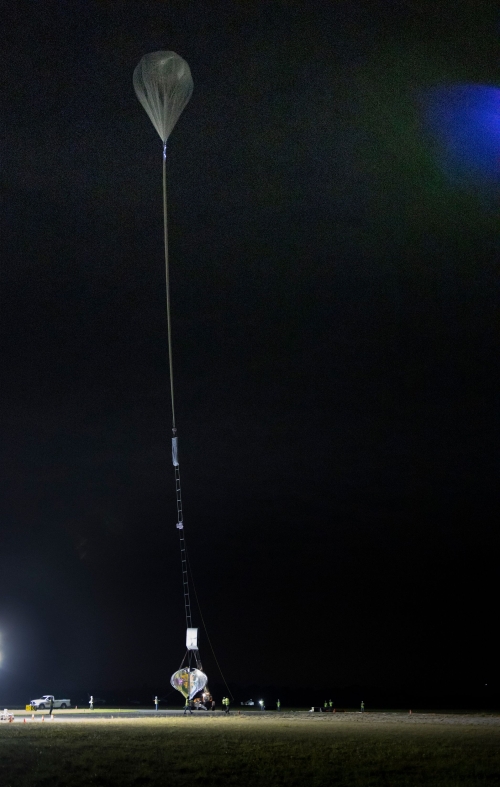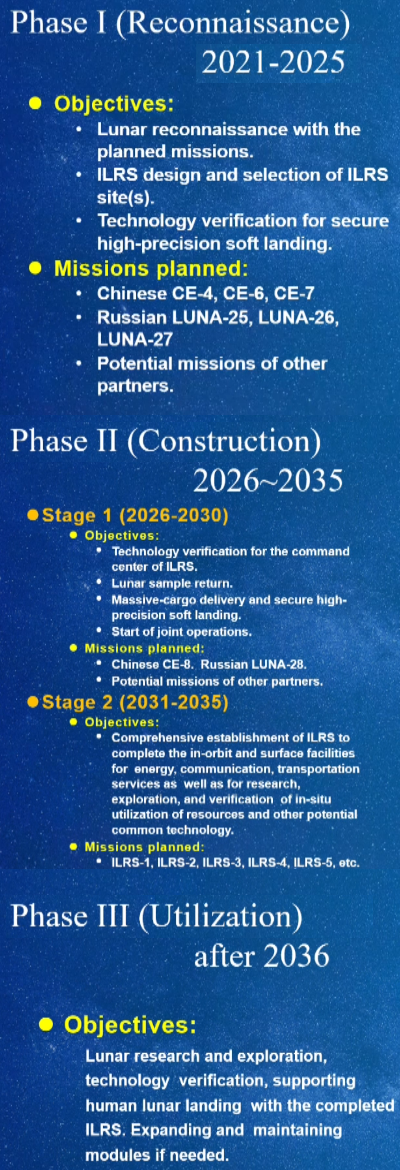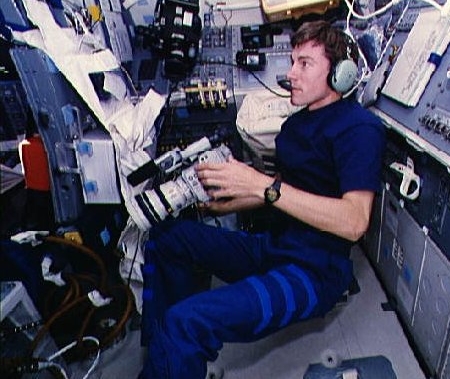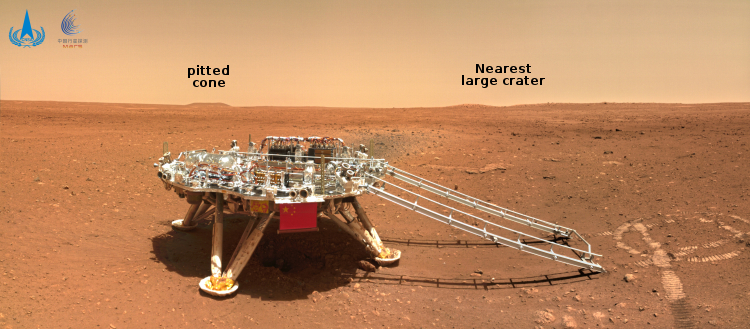Chinese official outlines that country’s Mars exploration plan
The new colonial movement: According to an official from China’s prime rocket manufacturer, China is now beginning to plan for the manned exploration of Mars.
Wang Xiaojun, head of the state-owned China Academy of Launch Vehicle Technology (CALT), outlined the plans in his speech themed “The Space Transportation System of Human Mars Exploration” at the Global Space Exploration Conference (GLEX 2021) via a virtual link, the academy told the Global Times on Wednesday.
After reviewing the successful mission of the Tianwen-1 probe mission, the country’s first interplanetary exploration that achieved a successful orbiting, landing and roving the Red Planet all in one go, Wang introduced the three-step plan for future Mars expedition.
At the primary stage, or the technology preparation phase, androids will be launched whose mission include a Mars sample return mission and the exploration of a Mars base site. Next will be a manned Mars mission, and the building of a Mars base will be carried out. The third stage will be attempting shuttling large scale Earth-Mars cargo fleet and large scale development of the Red Planet.
The timetable for such mission launches will be 2033, 2035, 2037, 2041 and 2043, among others, the academy said.
While this is very far in the future, you can’t make it happen if you don’t get started early. China’s government is clearly looking at getting started, and appears to be following the same timetable approach it did for its space station. They began planning it about a decade ago, and are now launching and assembling it.
China’s decision to aim for Mars proves that the competition to get there is heating up considerably, and is likely their response to Elon Musk’s determined effort to make it possible.
The new colonial movement: According to an official from China’s prime rocket manufacturer, China is now beginning to plan for the manned exploration of Mars.
Wang Xiaojun, head of the state-owned China Academy of Launch Vehicle Technology (CALT), outlined the plans in his speech themed “The Space Transportation System of Human Mars Exploration” at the Global Space Exploration Conference (GLEX 2021) via a virtual link, the academy told the Global Times on Wednesday.
After reviewing the successful mission of the Tianwen-1 probe mission, the country’s first interplanetary exploration that achieved a successful orbiting, landing and roving the Red Planet all in one go, Wang introduced the three-step plan for future Mars expedition.
At the primary stage, or the technology preparation phase, androids will be launched whose mission include a Mars sample return mission and the exploration of a Mars base site. Next will be a manned Mars mission, and the building of a Mars base will be carried out. The third stage will be attempting shuttling large scale Earth-Mars cargo fleet and large scale development of the Red Planet.
The timetable for such mission launches will be 2033, 2035, 2037, 2041 and 2043, among others, the academy said.
While this is very far in the future, you can’t make it happen if you don’t get started early. China’s government is clearly looking at getting started, and appears to be following the same timetable approach it did for its space station. They began planning it about a decade ago, and are now launching and assembling it.
China’s decision to aim for Mars proves that the competition to get there is heating up considerably, and is likely their response to Elon Musk’s determined effort to make it possible.






